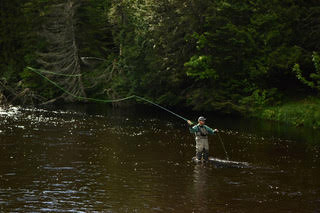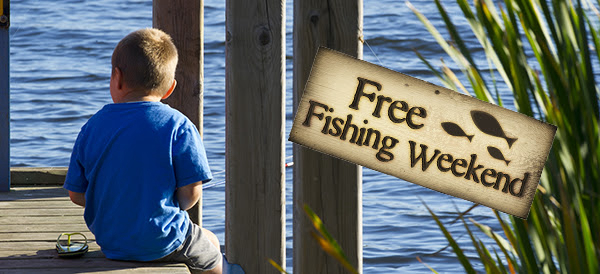Sellmark Outdoor Media Scholarship
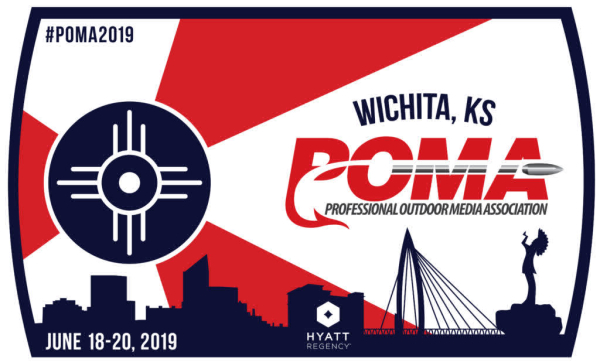

(MANSFIELD, TEXAS) – Sellmark Corporation is proud to announce their inaugural Sellmark Outdoor Media Scholarship. Sellmark proudly supports the next generation of outdoor writers by awarding two individuals with a scholarship to attend the 2019 Professional Outdoor Media Association Business Conference (POMA) in Wichita, Kansas.
Sellmark congratulates the winners, Jacki Billings, shooting editor for Guns.com and Courtney Ogden, a photographer based out of Louisiana.
Jacki Billings is a devoted mother, journalist, photographer and gun aficionado. As a freelance writer, she has worked closely with Guns.com, NRA Shooting Sports USA and RECOIL magazine. Jacki focuses on concealed carry and women’s topics, using her influence to motivate women to protect themselves and live the concealed carry lifestyle.
Courtney Ogden is an outdoor enthusiast and photographer, and was introduced to hunting by her husband in 2009. She counts whitetail deer and turkey among her favorite pursuits and fishes throughout the year. Ogden started Sportswomen United in hopes of helping outdoorswomen to come together. Read more

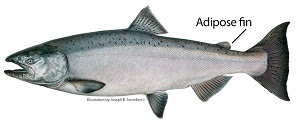
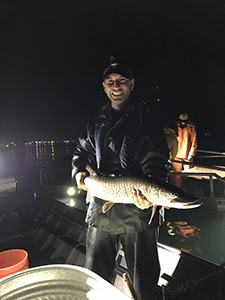
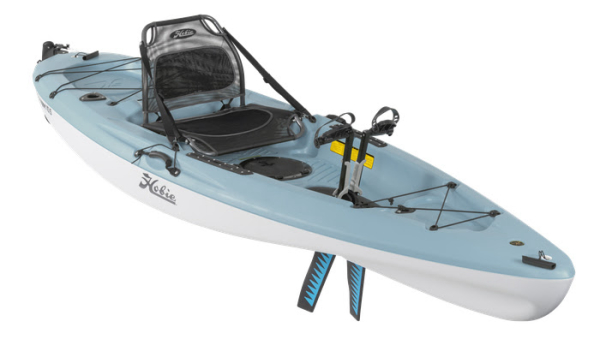
 Michigan’s plan to reintroduce Arctic grayling to state waters is taking a big leap forward, courtesy of some generous donors and partners.
Michigan’s plan to reintroduce Arctic grayling to state waters is taking a big leap forward, courtesy of some generous donors and partners.

